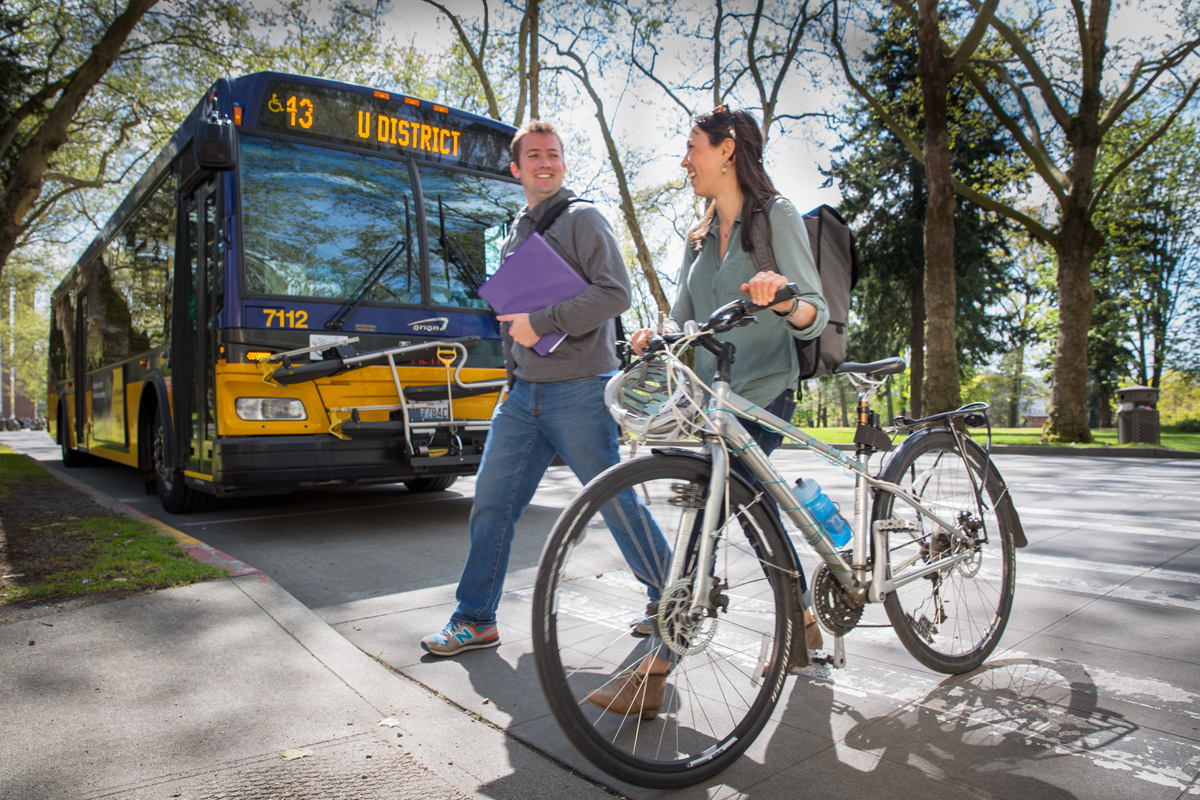
10 ways commuting to the UW got better in 2015
A quarter-century ago, the film “Back to the Future Part II” made some bold predictions about the state of transportation in the year 2015. The movie’s imagination ran a bit wild, and none of us use a flying car or a hoverboard to get around.
But that doesn’t mean transportation hasn’t made some big advances, especially around Seattle and at the University of Washington. Let’s go back and take a look at how things got better in 2015 for UW commuters, no matter how they get to campus — no Mr. Fusion Home Energy Reactor required.
- More buses are serving Seattle than ever before.
Transit was already the most popular way for faculty, staff, and students to get to campus when the UW conducted a transportation survey in 2014, thanks in no small part to the U-PASS program. Then, this year, transit service in Seattle got better.
After a surge of additional bus service in June, and another in September, King County Metro now has more buses running more hours to more places in Seattle than ever before. And, of course, we already know another huge way transit is going to get better in early 2016: Link light rail will extend to the University of Washington campus.
- Pay-Per-Use Parking expanded, giving UW commuters more flexibility.
Every day is not the same. Children need to be dropped off, your work hours might vary, and the weather can swing. This is why Pay-Per-Use Parking (PPUP) is a terrific tool that provides commute flexibility. Using PPUP, you can carpool or drive alone on the days when that’s the best option for you, and use another commute option on other days, paying for parking only on the days you park.
And this year, PPUP has expanded across campus to include parking lot E12, Benjamin Hall, and Lander Hall, in addition to its original location in the Portage Bay Garage. UW commuters now have more ability than ever to choose the commute option that works best for them, day by day.
- The UW received a $16 million investment from the state for much-needed improvements to the Burke-Gilman Trail.
The iconic Burke-Gilman Trail is busier than ever, and it will only get busier with the opening of the UW light rail station next year and the completion of the State Route 520 bridge walking and biking path in the coming years. Thankfully, the University will be able to completely remake the trail through the campus to safely handle all that traffic. The new trail will be double its previous width and provide separate paths for people walking and biking.
The project will proceed thanks in large part to a $16 million investment contained in the transportation funding package passed by the Washington State Legislature and Gov. Jay Inslee this year. The UW broke ground on the first phase of the project in October.
- The Commute Concierge celebrated its first birthday after serving nearly 3,000 UW commuters.
In fall 2014, UW Transportation Services launched a new service that could provide personal commute assistance to the UW community, with individualized options for each commuter’s unique situation: the Commute Concierge. This fall, as it celebrated its first birthday, the Concierge had provided individualized assistance for nearly 3,000 commuters. (You can get started with your individualized plan at the Concierge webpage.)
- The UW community made fewer trips to campus by driving alone than ever before.
On a typical day, only 18 percent of faculty, staff, and students drive alone to campus. This is great news for a bunch of reasons:
- More Huskies are discovering the benefits and savings of transit, biking, walking and sharing rides.
- With fewer cars coming to campus, we have more room for the stuff that really matters: spaces for students to learn, study and succeed, and for researchers to make world-changing discoveries.
- We’re helping the University reach its goal of carbon neutrality by 2050.
- The south end of campus got a new grand entrance, and a better biking and walking experience.
With the completion of construction in the Montlake Triangle area this past summer, the campus’s southern gateway was transformed. A new land bridge over NE Pacific Place provides an easy, safe, and beautiful walking and biking connection to Rainier Vista and the rest of campus. And a walking and biking bridge crosses Montlake Boulevard NE, connecting to the soon-to-open light rail station. Plus, the section of the Burke-Gilman Trail running through the area gives a glimpse of some of the improvements that will be made all the way through campus after the trail is improved.
- The parking experience improved in two of the campus’s biggest lots.
People parking in E1 – the expansive lot along Montlake Boulevard that provides self-service daily parking – no longer need to scramble to find dollar bills or quarters, because the lot now accepts credit cards with the installation of new modern payment equipment. Improvements in E1 and the Portage Bay Garage are the first phase of a multi-year project to modernize parking infrastructure across the University. Meanwhile, lot E12 – south of Husky Stadium – underwent a repaving and remodeling project that also made it the greenest parking lot yet on campus.
- The University expanded electric-vehicle charging.
Faculty, staff, and students can now use electric-vehicle charging stations in five different locations around campus. Along with the introduction of electric vehicles into the University fleet, this new infrastructure earned the UW an award from the Intelligent Transportation Society of America.
- Biking- and walking-friendly improvements went into place on and around campus.
With the conclusion of construction on Terry, Maple, and Lander Halls, Lincoln Way reopened as a greenway, and new north-south walking routes opened between the buildings. The City of Seattle installed new or improved bike lanes on NE Campus Parkway and Roosevelt Way NE. And UW Transportation Services took a step to improve bike safety by becoming the first university in the country to install side guards on the largest trucks in its fleet.
- U-PASS support for vanpool riders increased.
A vanpool can be a terrific commute solution, especially when a good transit option just isn’t available. Now, it’s easier and a better deal than ever to commute to the UW via a vanpool. The U-PASS program now offers up to an $80 monthly subsidy toward vanpool membership, which fully covers many riders’ fares. Add in an enhanced ride match system and short waits from regional transit agencies, and there’s never been a better time to join or start a vanpool. You can get started with the Commute Concierge.
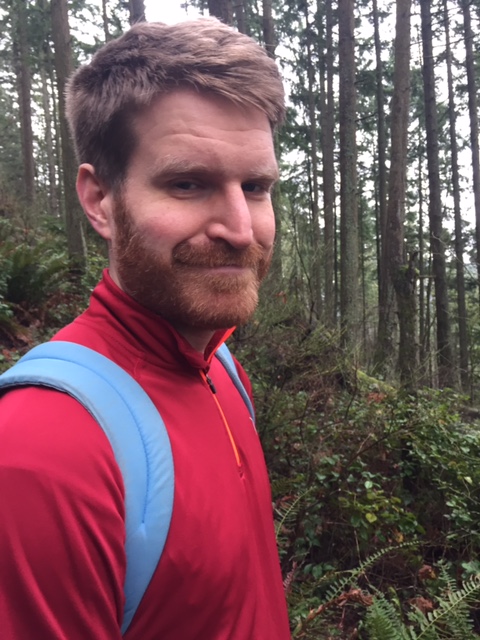 Matt Erickson writes things, takes pictures and occasionally futzes around with Adobe Illustrator for UW Transportation Services. His favorite things include his wife, Sarah; his cat, Salvador; good beer; and the (World Series champion) Kansas City Royals.
Matt Erickson writes things, takes pictures and occasionally futzes around with Adobe Illustrator for UW Transportation Services. His favorite things include his wife, Sarah; his cat, Salvador; good beer; and the (World Series champion) Kansas City Royals.
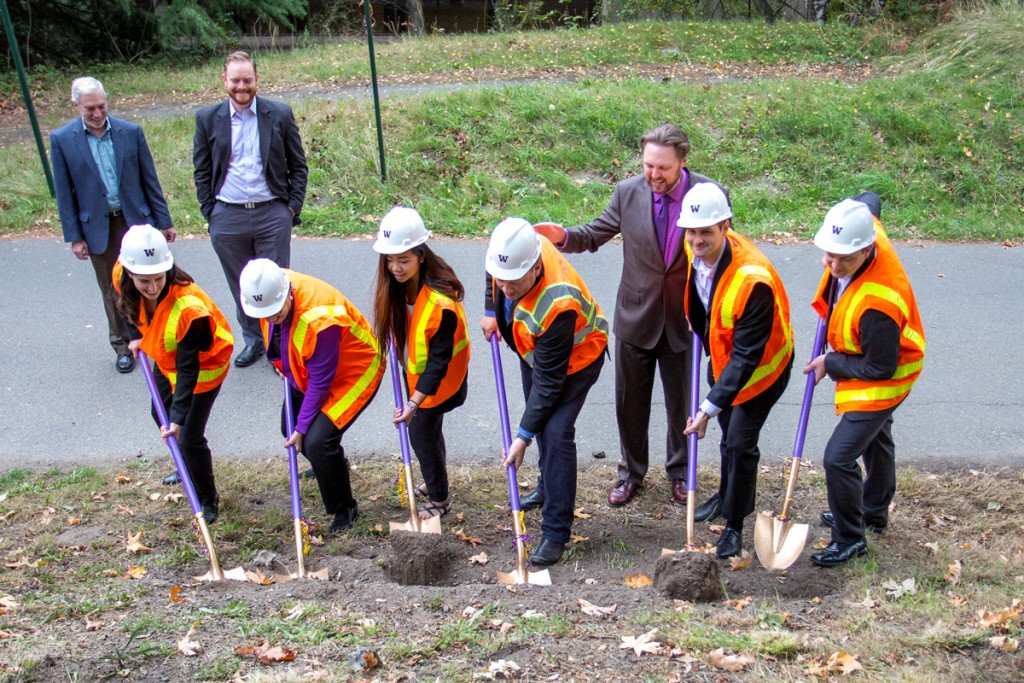
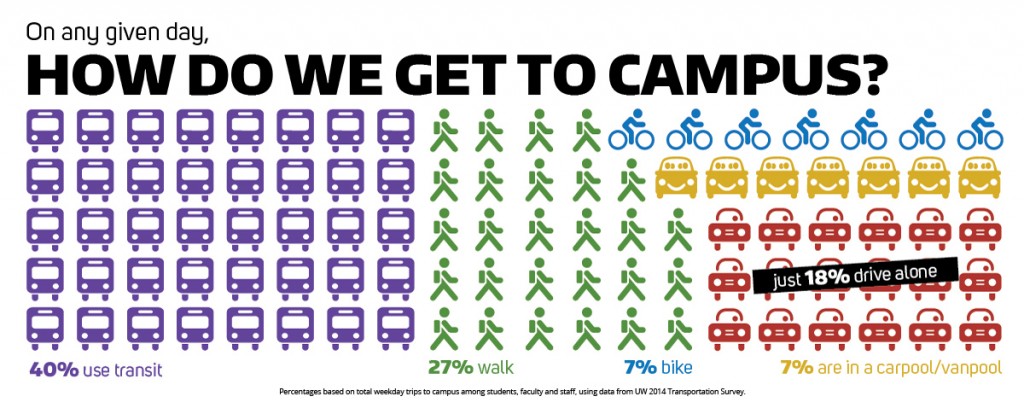
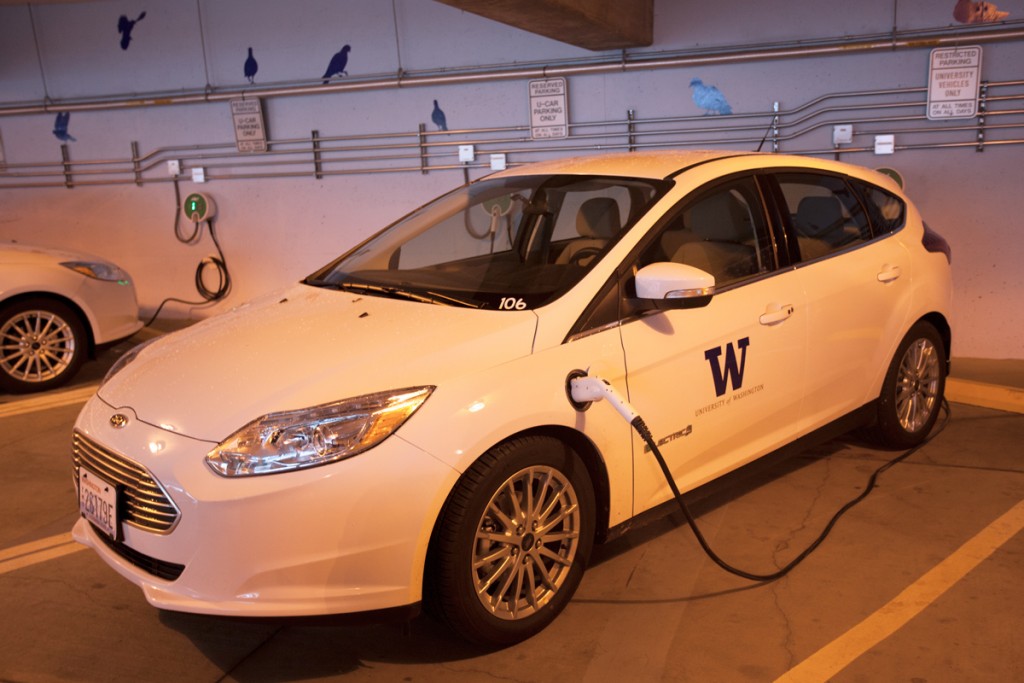
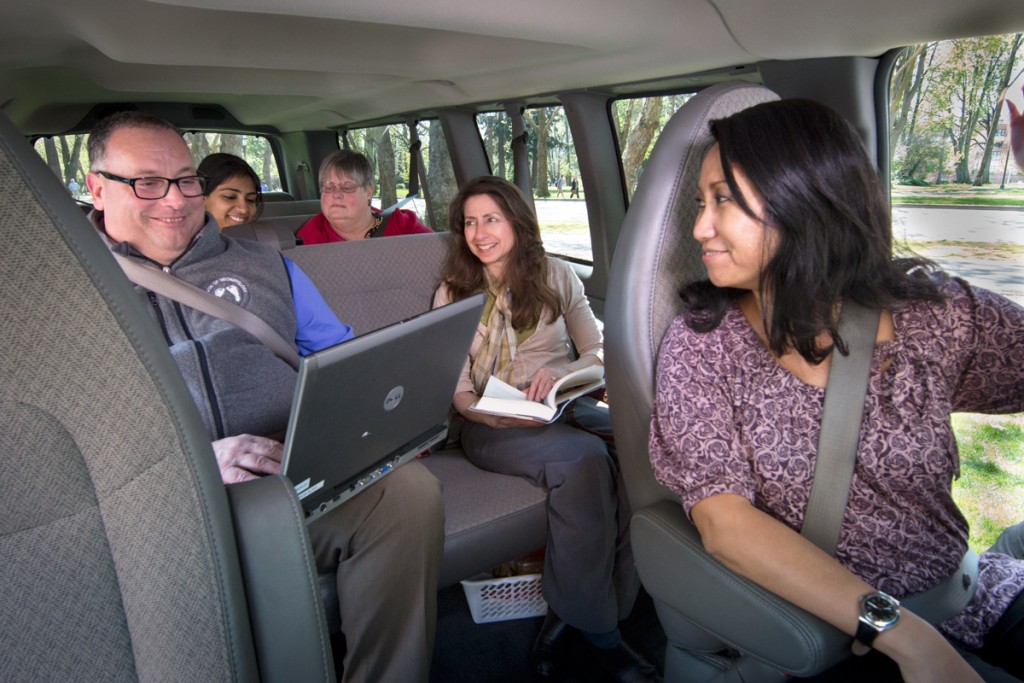
2 Thoughts on “10 ways commuting to the UW got better in 2015”
On December 15, 2015 at 1:09 PM, Charles Easterberg said:
RE: point #7: E1 is farther than ever from central and south campus. Car commuters also lost use of Husky cards as well as cash in the credit card “gain”, and they also lost the in-and-out option in the parking “improvements”. I would not call these “user friendly”.
On December 21, 2015 at 10:51 AM, William Wilcock said:
Given all these “improvements” it is a real shame that the UW has completely dropped the ball in ensuring reasonable biking connectivity to South Campus during the Burke Gilman overhaul and construction of the Animal Research and Care Facility. The only remotely bike friendly route to/from south campus during this construction involves taking a long detour along NW Walla Walla Lane and the sidewalk of Montlake Blvd around the south and east side of the Surgery Pavilion. Walla Walla Lane is a narrow windy pedestrian path with poor visibility and short stretch over gravel/wood chips, not a path that is currently configured for safe joint pedestrian and bicycle use. The UW dropped the ball here.
Also, before the Burke Gilman is reopened there is a critical need to redesign the intersection between the the Burke Gilman and bikes heading down Rainier Vista or coming from on top of the triangle garage that are turning to head eastbound on the Burke Gilman. This is a high speed intersection with very poor visibility for bikes joining the Burke Gilman.
Comments are closed.